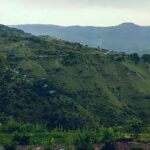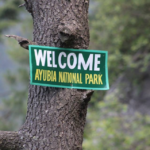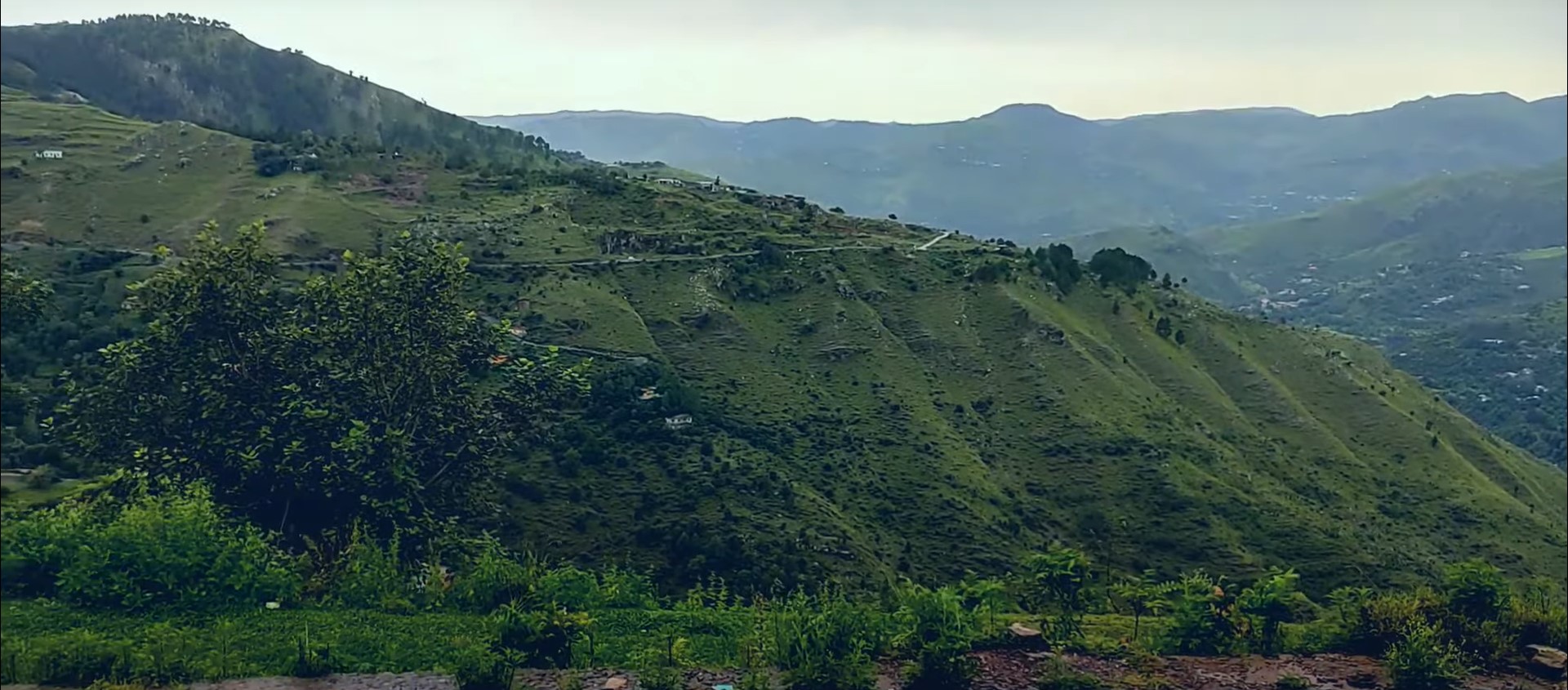Murree, nestled in the Himalayan foothills, is a picturesque hill station in Pakistan. Renowned for its stunning scenery, lush greenery, and colonial architecture, it’s a popular destination for tourists seeking respite from the scorching heat of the plains.
Understanding Murree’s Climate
Average Temperature
Murree’s climate is largely influenced by its altitude and geographical location. It typically experiences cool to cold temperatures throughout the year.
Seasonal Variations
The hill station witnesses distinct seasonal changes, with winter being the coldest and summer being relatively mild.
Factors Influencing Murree’s Climate
Geographic Location
Situated in the Pir Panjal Range of the Himalayas, Murree enjoys a temperate climate due to its elevation.
Altitude
At an altitude of around 7,874 feet (2,400 meters) above sea level, Murree’s high elevation contributes to its cool climate.
Surrounding Terrain
The dense forests and mountainous terrain surrounding Murree play a vital role in regulating its climate, often trapping cool air and moisture.
Myth vs. Reality: Is Murree Always Cold?
Contrary to popular belief, Murree isn’t always frigid. While it experiences cold temperatures, especially during winter, it also has relatively pleasant weather during other seasons.
Murree’s Temperature Throughout the Year
Winter
During winter, Murree transforms into a winter wonderland, with temperatures dropping below freezing point. Snowfall is common, making it an ideal destination for snow enthusiasts.
Spring
Spring brings a gradual increase in temperature, with blooming flowers and lush greenery adorning the landscape. Temperatures are cool but not as cold as winter.
Summer
Summer in Murree is mild and refreshing, offering relief from the scorching heat of the plains. Temperatures hover around comfortable levels, making it perfect for outdoor activities.
Autumn
Autumn paints Murree in vibrant hues, with foliage turning golden and red. Temperatures begin to drop again, signaling the onset of winter.
Activities and Attractions in Murree for All Seasons
Whether it’s skiing in winter, hiking in spring, enjoying picnics in summer, or marveling at the fall colors in autumn, Murree offers something for everyone, regardless of the season.
Packing Tips for Visiting Murree
When visiting Murree, it’s essential to pack layers to accommodate the fluctuating temperatures. Additionally, sturdy walking shoes, sunscreen, and insect repellent are must-haves.
Conclusion
While Murree is known for its cool climate, it’s not always cold. The hill station experiences distinct seasons, each offering its unique charm and appeal to visitors.
FAQs about Murree’s Weather
Is Murree always covered in snow?
While Murree receives snowfall during winter, it’s not always covered in snow throughout the year. Snow is more common during the winter months.
Does Murree experience extreme weather conditions?
Murree’s weather is generally mild, but it can experience occasional cold spells and heavy snowfall during winter.
What is the best time to visit Murree?
The best time to visit Murree is during spring and summer when the weather is pleasant, and the scenery is breathtaking.
Are there any monsoon rains in Murree?
Yes, Murree experiences monsoon rains, primarily from July to September, which can sometimes lead to landslides and road closures.
Can I visit Murree year-round?
While Murree is accessible throughout the year, it’s advisable to check weather forecasts and road conditions, especially during winter.










